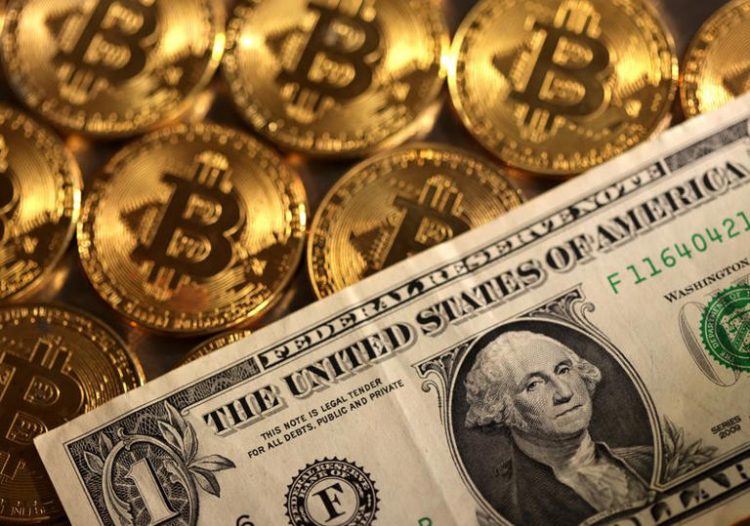The U.S. dollar remained relatively stable on Wednesday as traders adopted a cautious approach ahead of key events such as Federal Reserve Chair Jerome Powell’s congressional testimony, the European Central Bank rate decision, and U.S. jobs data later in the week.
Meanwhile, bitcoin was showing signs of renewed momentum, albeit below its recent record high following a volatile overnight trading session.
With limited catalysts in play, the dollar traded within a narrow range, having slightly weakened overnight after data revealed a slight slowdown in the growth of the U.S. services industry last month.
The upcoming February U.S. jobs report on Friday is anticipated to be a significant factor influencing the interest rate outlook, with the potential to trigger market movements if employment figures exceed expectations.
Traders are also eagerly awaiting Powell’s testimony before Congress, where he is expected to reiterate the Fed’s stance of waiting for more data before considering any changes to interest rates.
Carol Kong, a currency strategist at the Commonwealth Bank of Australia, suggested that Powell may reaffirm the Fed’s view that the strong core inflation reported in January has not substantially altered the central bank’s economic outlook.
Given the current market expectations for a June start to the Federal Open Market Committee’s (FOMC) rate cut cycle, a reaffirmation of this message by Federal Reserve Chair Jerome Powell during his congressional testimony is unlikely to significantly impact the U.S. dollar (USD). Consequently, the dollar index, which gauges the USD’s performance against a basket of six major currencies, remained stable around 103.76.
In contrast, the euro held steady at $1.0855 as traders awaited the European Central Bank’s (ECB) interest rate decision later in the day. Market consensus anticipates the ECB to maintain rates at a historic low of 4%, with attention focused on any indications regarding the timing of potential rate cuts and updates to economic forecasts.
Charu Chanana, head of currency strategy at Saxo, noted that despite the eurozone inflation coming in slightly lower than expected last month, she does not anticipate a clear dovish message from the ECB. However, downward revisions to inflation figures could pose some downside risks for the euro (EUR), although Chanana believes the EUR will likely remain a buy on dips due to the stabilizing economic conditions in the eurozone.
In February, business activity in the euro zone exhibited signs of improvement, as indicated by a survey conducted on Tuesday.
The British pound (GBP) remained steady at $1.27050 in anticipation of the British budget announcement scheduled for Wednesday.
The Australian dollar (AUD) staged a recovery during the Asian afternoon, disregarding the gross domestic product (GDP) data indicating a modest 0.2% growth in the fourth quarter. This data reinforced expectations for potential rate cuts. As a result, the AUD rose by 0.24% to $0.65195.
Similarly, the New Zealand dollar (NZD) increased by 0.16% to $0.60960, rebounding from a three-week low of $0.6070 recorded earlier in the session.
Against the Japanese yen (JPY), the dollar (USD) experienced a slight decline of 0.12%, standing at 149.86 yen, after falling to 149.70 yen overnight. Despite trading within a narrow range, the Japanese currency has remained below last week’s low against the greenback of 150.85 yen.
Investors are closely monitoring the performance of the world’s largest cryptocurrency, bitcoin, following its surge to a record high overnight, followed by a sharp retreat. Bitcoin has risen significantly since October, with investors pouring funds into U.S. spot exchange-traded crypto products and amid expectations of potential global interest rate cuts. As of the latest update, bitcoin was up 4.11% at $65,921.




















